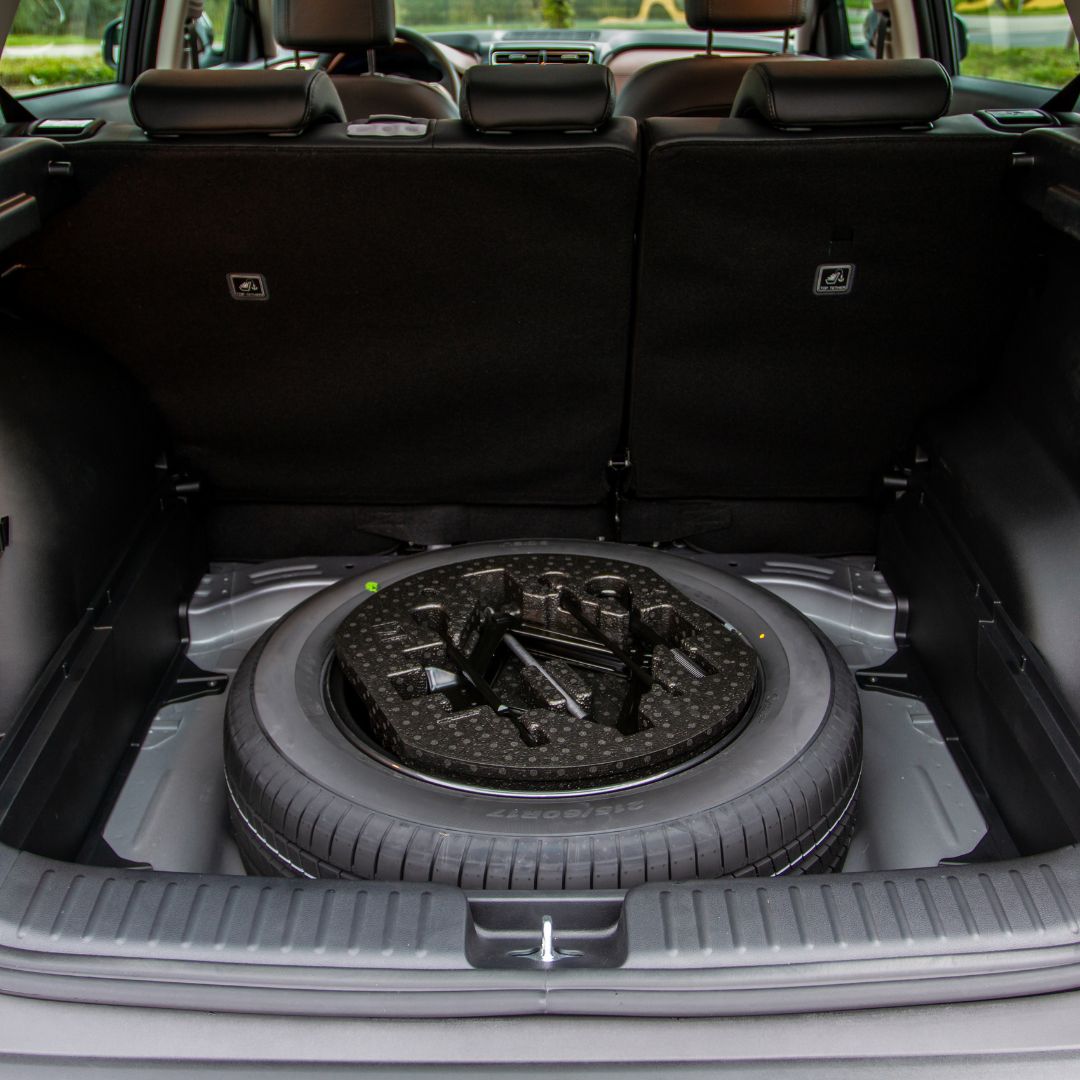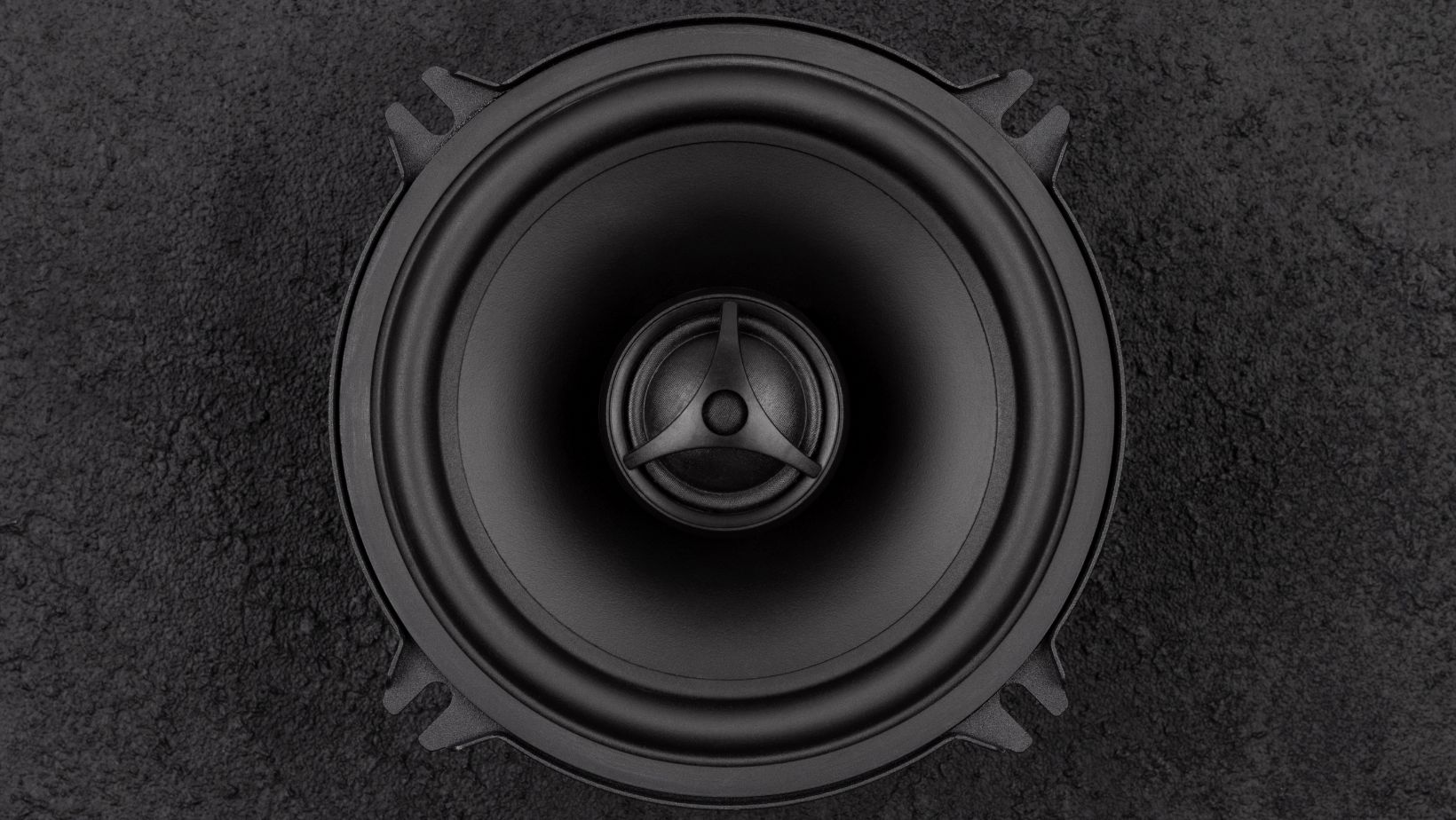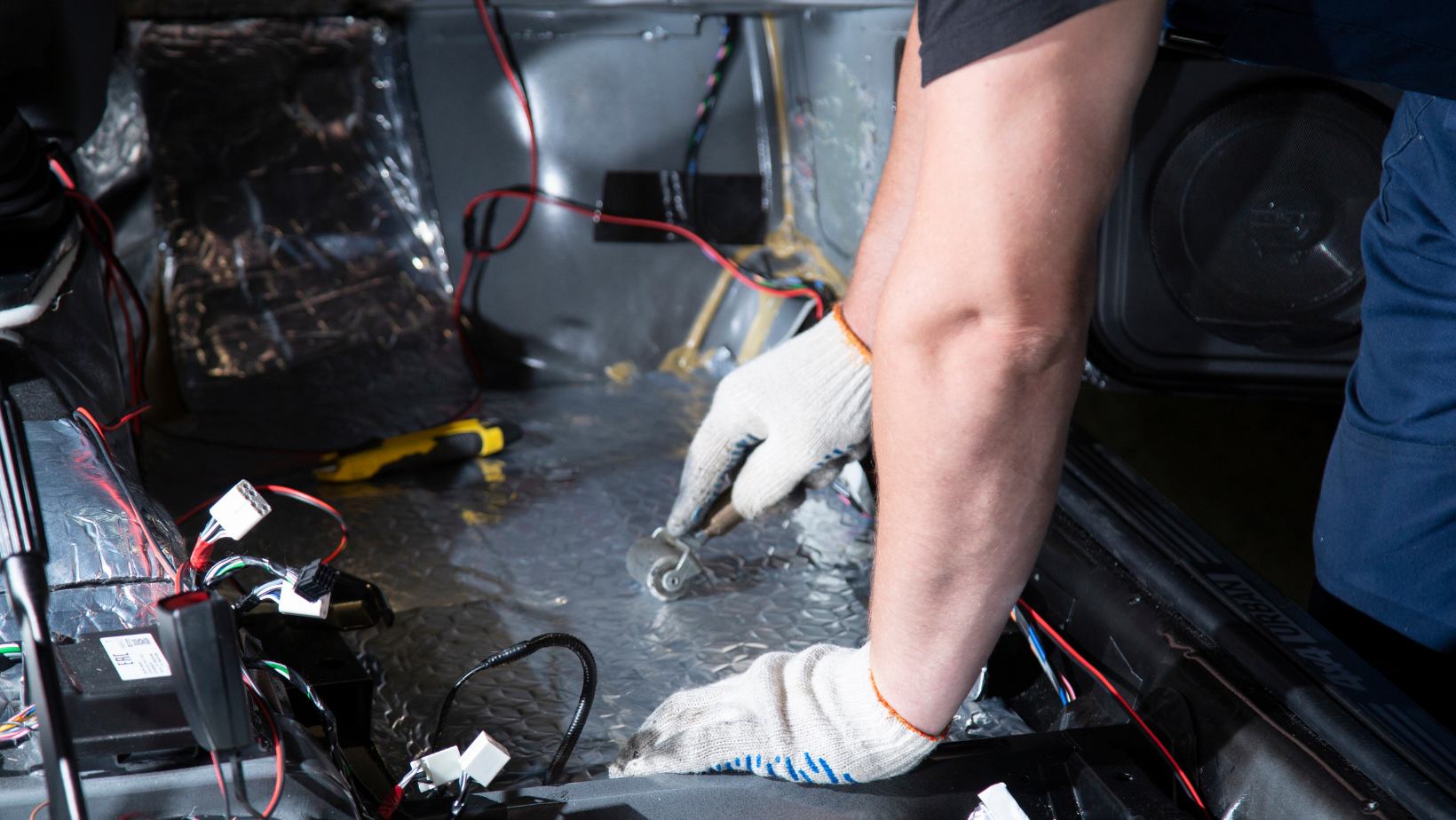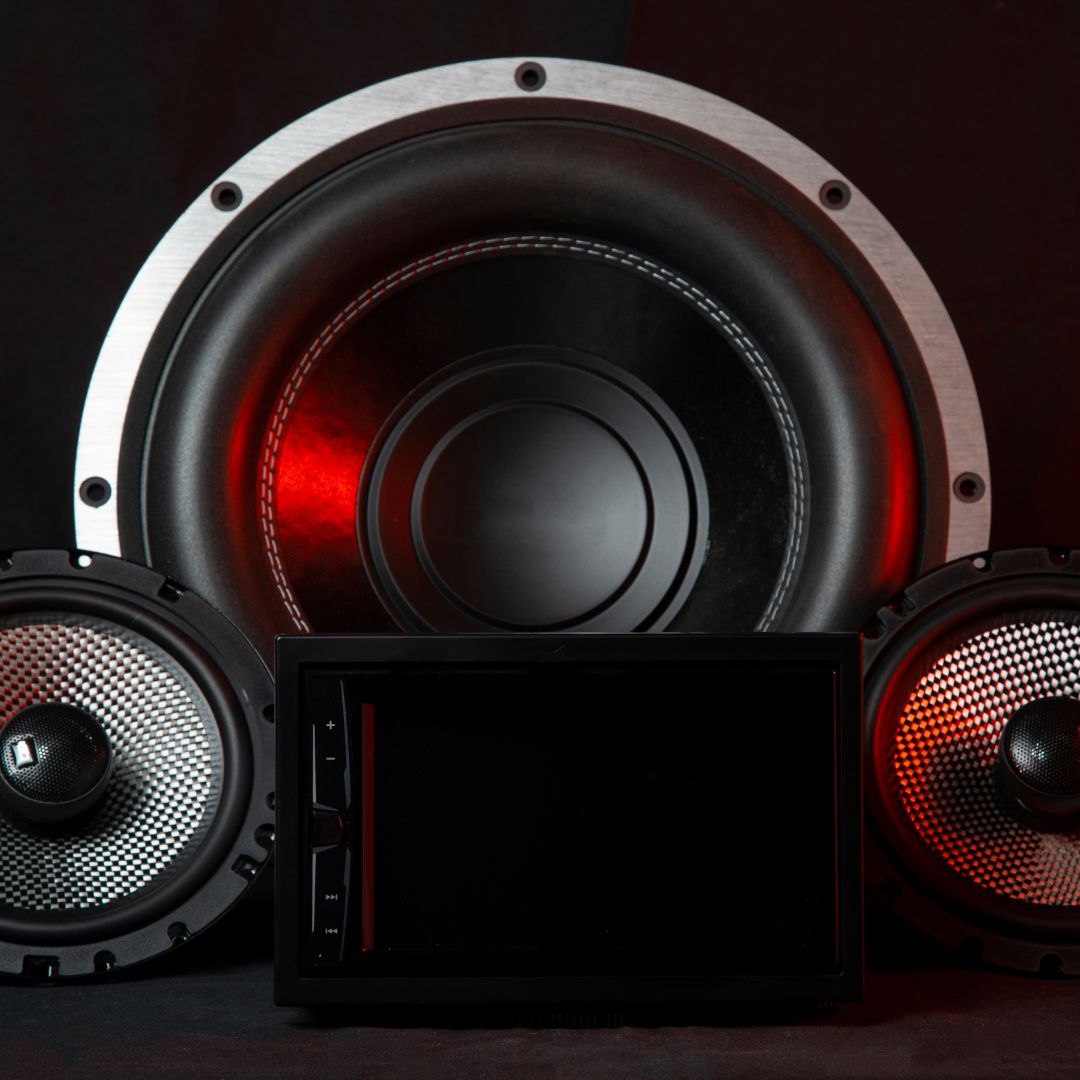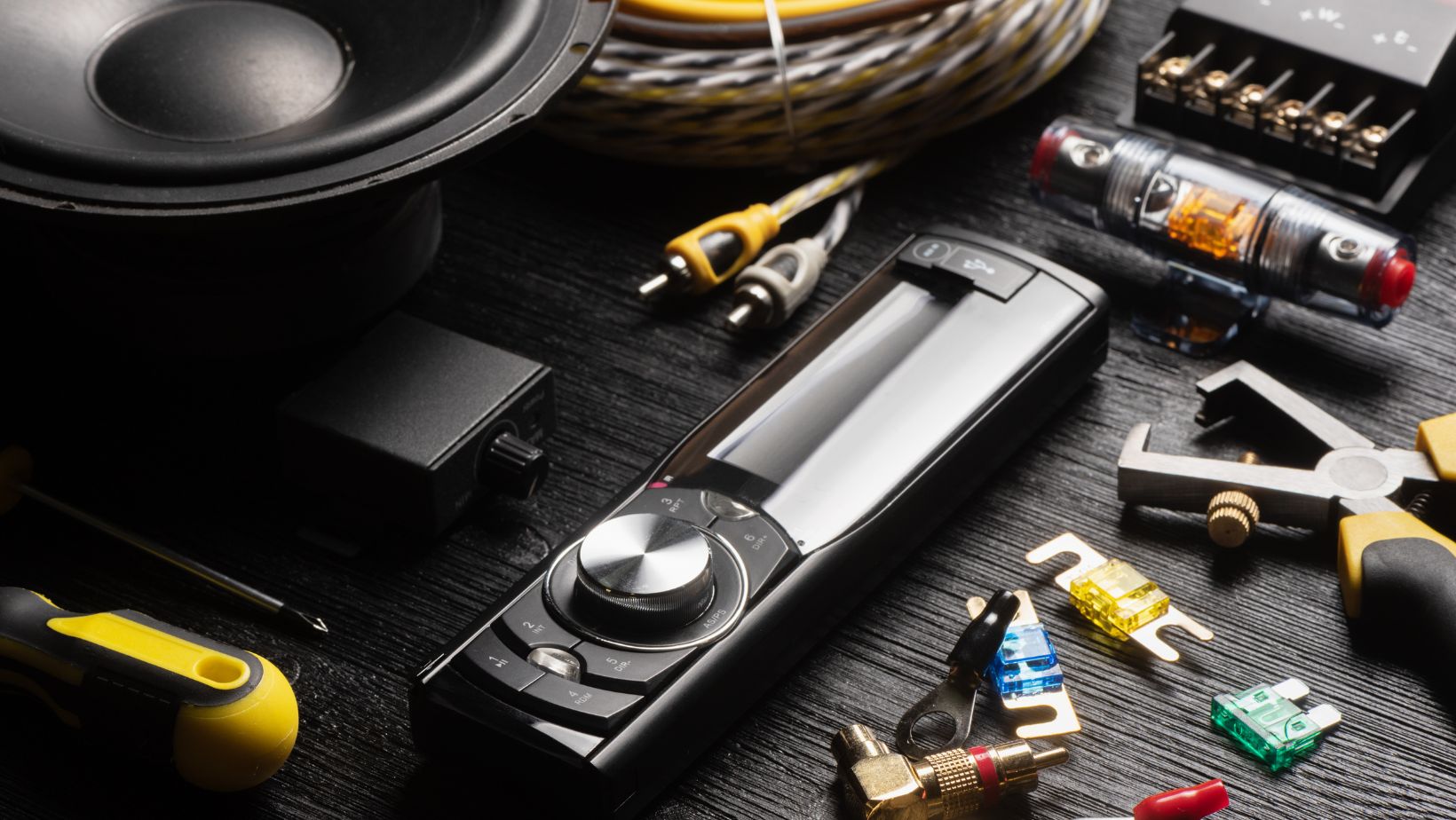Is Placing Your Car Subwoofer in the Spare Tire Compartment a Sound Idea?
Upgrading your car’s audio system with a subwoofer can transform your in-car listening experience, delivering powerful and immersive bass. Yet, deciding where to install your subwoofer is a pivotal choice. One option that has gained popularity is placing the subwoofer in the spare tire compartment. In this article, we will delve into the pros and cons of this approach, the potential risks involved, and how it impacts your bass output. By the end, you’ll be better equipped to make an informed decision on whether to embark on this sonic journey.
Pros of Placing Your Subwoofer in the Spare Tire Compartment
Space Optimization: Let’s begin with the boon of space. The spare tire compartment is often an underutilized cavern in your car’s rear, allowing you to free up trunk space for luggage, groceries, or any other belongings, offering a tidier and more organized setup.
Sleek Aesthetics: Aesthetic appeal is a significant plus. Concealing your subwoofer in the spare tire compartment grants your car’s interior a stealthy look. This setup keeps the subwoofer hidden from plain view, reducing the risk of attracting unwanted attention and theft.
Enhanced Sound Isolation: The magic lies in sound isolation. By situating your subwoofer in this compartment, you can enjoy superior sound isolation. The trunk space, especially when sealed, provides a controlled acoustic environment, reducing sound leakage into the cabin and yielding a cleaner bass response.
Cons of Placing Your Subwoofer in the Spare Tire Compartment
Cramped Air Space: On the flip side, we encounter the conundrum of limited air space. Subwoofers require specific air volumes to operate optimally. The spare tire compartment isn’t designed with subwoofer specifications in mind, often imposing limitations that can hinder deep and robust bass production.
Diminished Bass Output: The outcome of confined space? A reduction in bass output. The restricted air volume can limit the subwoofer’s excursion, compromising its ability to move air effectively and generate powerful bass notes. The solution may involve opting for a more potent subwoofer to compensate for these spatial limitations.
Heating Issues: Subwoofers generate heat during operation, and the confined quarters of the spare tire compartment may not provide adequate ventilation. This heat buildup can lead to reduced subwoofer performance and potential damage over time, necessitating extra caution and cooling measures.
Complex Installation: Installing your subwoofer here can be a complex endeavor, potentially requiring custom fabrication work to ensure a snug fit. The intricacies of this placement can make installation more challenging compared to other locations in your vehicle.
Limited Accessibility: Accessibility can be a concern. Once your subwoofer is nestled in the spare tire compartment, it may become less accessible for maintenance or adjustments, which could be an inconvenience in case you need to fine-tune your audio system.
Mitigating Risks and Maximizing Bass Performance
Now, let’s explore strategies to mitigate the potential downsides of placing your subwoofer in the spare tire compartment, ensuring that you can maximize its bass performance while minimizing risks:
Choose the Right Subwoofer: Begin by selecting a subwoofer engineered for shallow mounting and compact enclosures. This choice ensures that you can make the most of the limited space available in the spare tire compartment.
Invest in Sound Deadening: The use of sound deadening materials can be a game-changer. These materials enhance the acoustic environment within the compartment, curbing vibrations and preventing sound leakage, resulting in a cleaner and more controlled bass output.
Ventilation Solutions: To combat overheating concerns, consider introducing ventilation pathways. Cooling fans or ducting can help dissipate heat effectively, safeguarding your subwoofer’s performance and longevity.
Professional Installation: If you’re grappling with the complexities of the installation process, it’s wise to enlist the expertise of professionals. Professional installation ensures that your subwoofer is mounted correctly and securely in the spare tire compartment, minimizing the risk of mishaps and hiccups.
Regular Maintenance Planning: Finally, embrace a proactive approach to maintenance. While the subwoofer may become less accessible after installation, periodic check-ups and adjustments can help maintain the quality of your audio system. Be prepared to schedule routine maintenance and tweaks as needed.
Conclusion
In the grand scheme of things, placing your car subwoofer in the spare tire compartment is a decision that requires careful consideration. The advantages, like optimized space and a sleek appearance, are counterbalanced by the cons, such as reduced bass output and potential installation challenges. To make an informed choice, opt for the right subwoofer, implement sound deadening, ensure proper ventilation, and consider professional installation. With these measures in place, you can strike a harmonious balance between aesthetics and audio performance in your car audio system. So, is it a sound idea? With due diligence, the spare tire compartment can indeed be a bass-boosting haven for your car audio journey.
